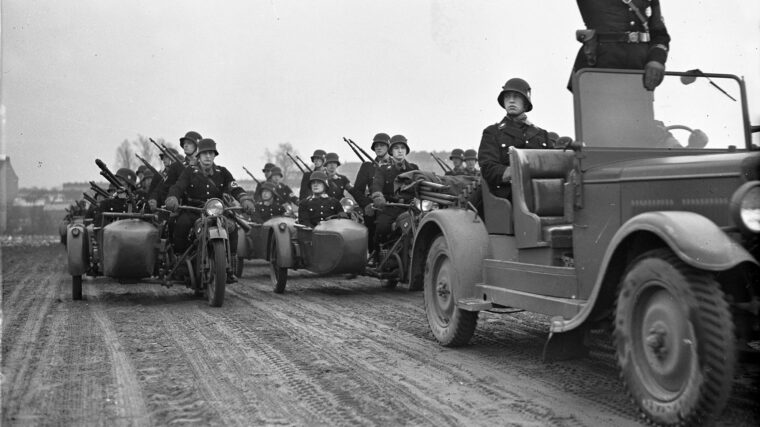
The Waffen-SS: Evolution of Armed Evil
By Allyn VannoyIn 1933, before the Waffen-SS, there was a portion of the Nazi Party’s Schutzstaffel (SS), armed and trained along military lines and served as an armed force. Read more

In 1933, before the Waffen-SS, there was a portion of the Nazi Party’s Schutzstaffel (SS), armed and trained along military lines and served as an armed force. Read more
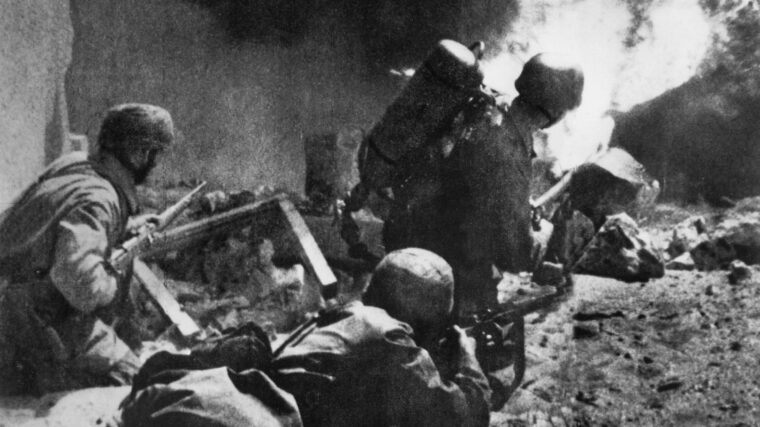
At 4:25am in the predawn darkness of May 10, 1940, nine German gliders silently skidded to a stop on the hilltop of the most heavily defended fortress in Europe, disgorging 71 highly trained German Fallschirmjäger. Read more
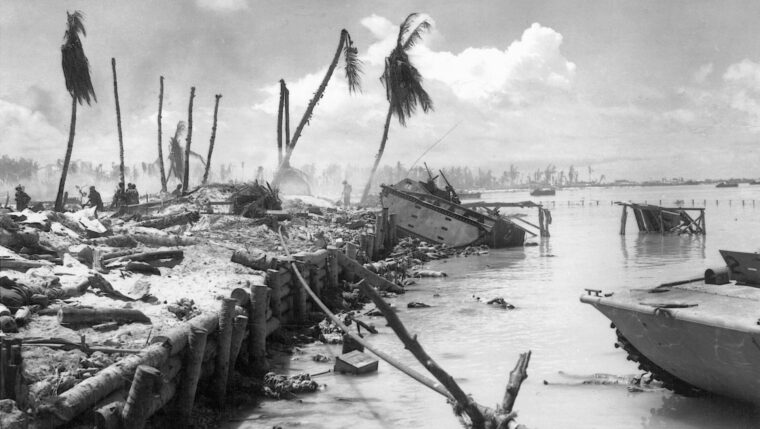
He wore the clothes of one of Tarawa’s most well-known and decorated heroes, but his name will not be found in any history book. Read more
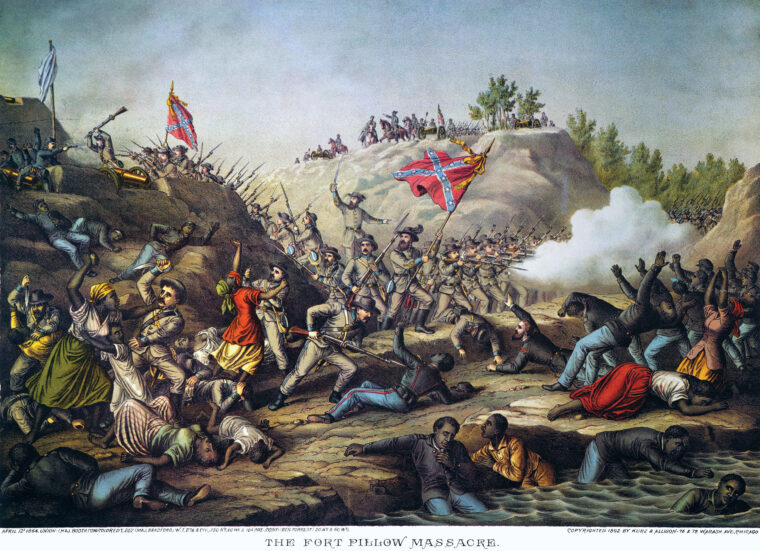
When Confederate Maj. Gen. Nathan Bedford Forrest and his 3,000 battle-hardened troopers rode back into their homeland of West Tennessee in late March 1864, they were not in the best of moods. Read more
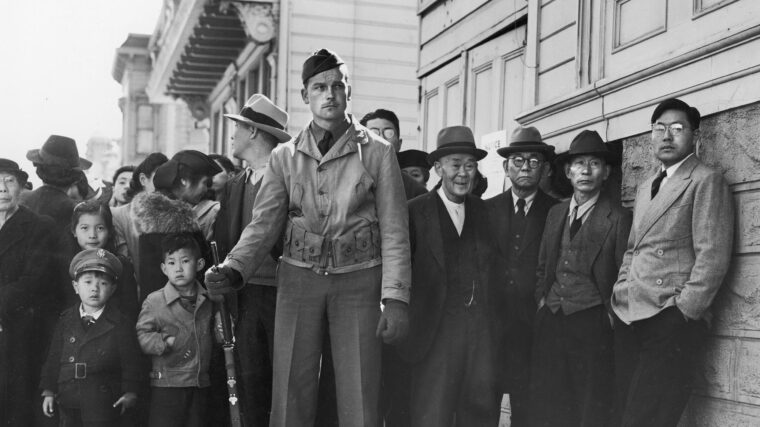
“We were stunned when we entered the camp,” Yoshio “Yosh” Nakamura said, remembering the day when he and his family, from El Monte, California, were herded through the main gate at the Gila River Relocation Center—a Japanese American internment camp 30 miles southeast of Phoenix, Arizona—carrying only suitcases into which their worldly possessions had been crammed. Read more
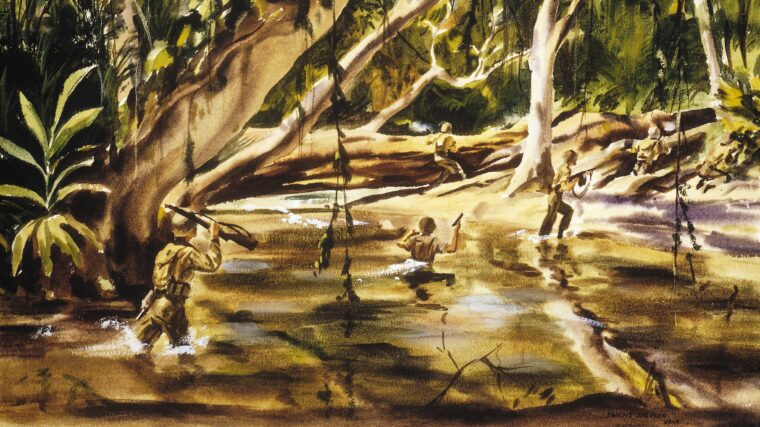
On August 6, 1942, the men of Maj. Gen. Alexander Vandegrift’s U.S. 1st Marine Division watched from the railings as their troopship, the USS George F. Read more
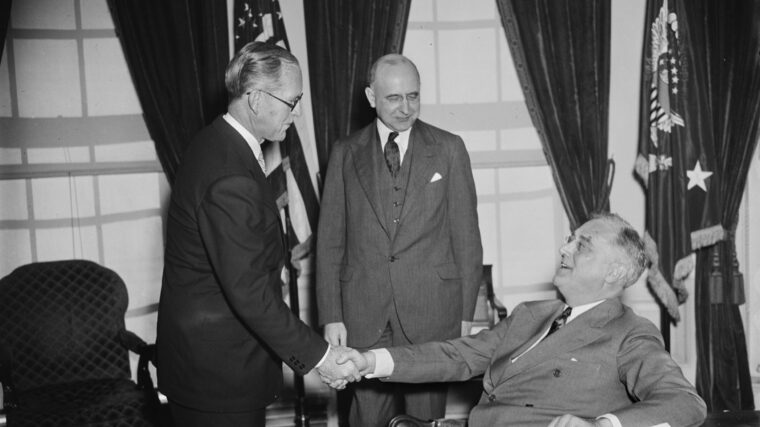
In 1939, Joseph P. Kennedy, the scion of the modern-day Kennedy family which included three United States senators, an attorney general, and the 35th president of the United States, was appointed the American ambassador to Great Britain by President Franklin D. Read more
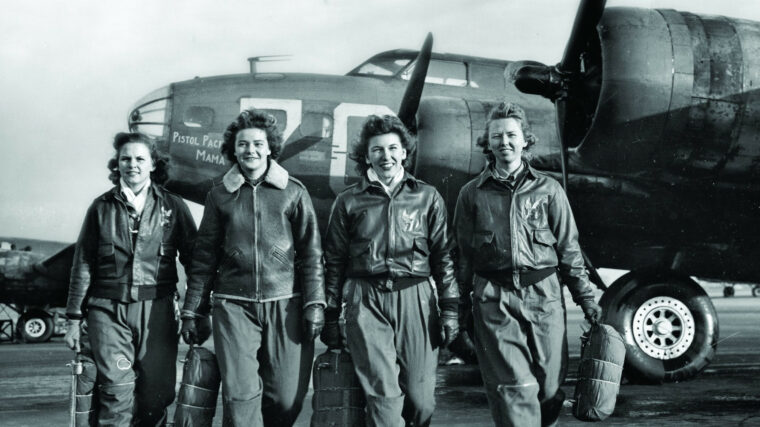
In 1941 two events took place on opposite sides of the world that forever impacted the history of women in aviation. Read more
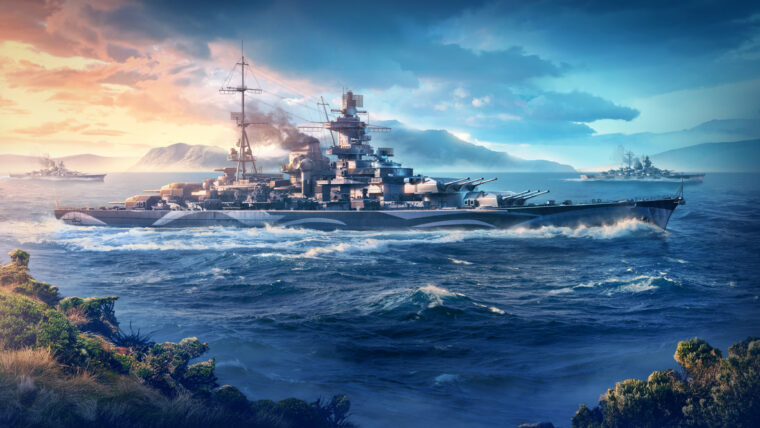
At the time of this writing we’re fresh into the new year, so naturally that means it’s time to turn our attention toward a new port of one of Wargaming’s biggest titles. Read more

It has often been said that kids today have no interest in, or knowledge of, history. While there may be some truth in that, it is not a universal truth. Read more
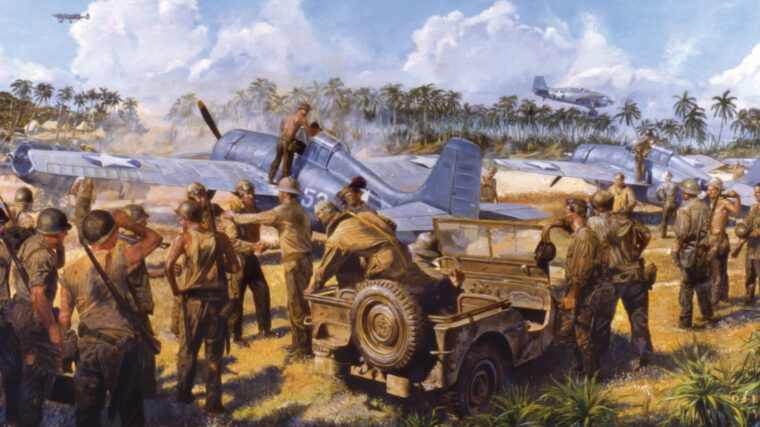
“As a returning flight of Marine SBDs, dive bombers, were setting down on the airstrip, one of the planes lost a bomb which had failed to release during the mission. Read more
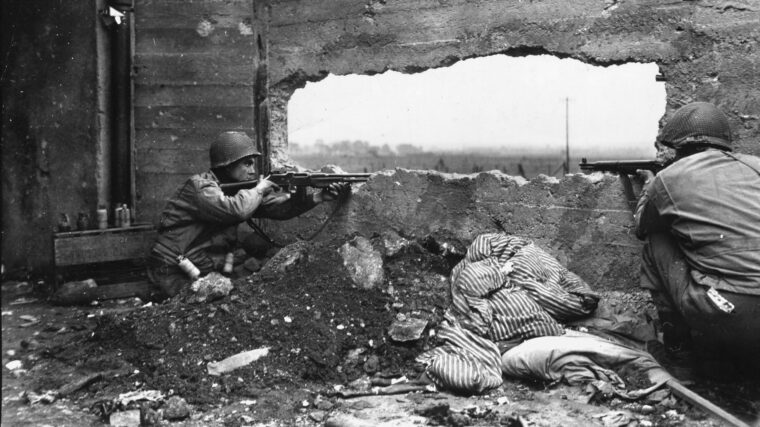
Lieutenant General George Patton’s Third Army had come a long way since it was activated on August 1 in Normandy. Read more
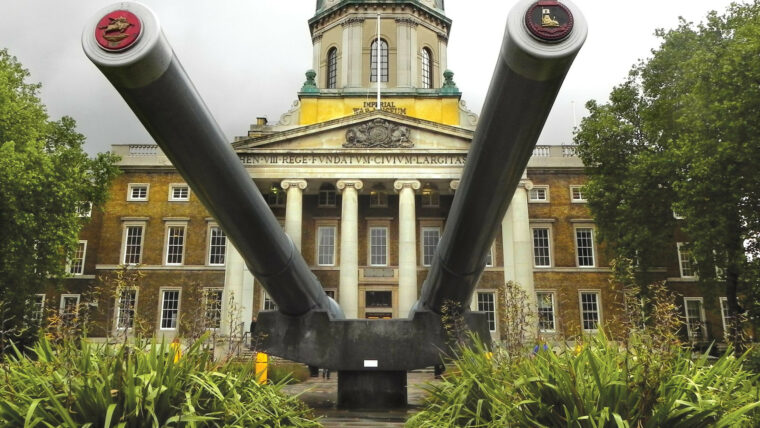
Although Britain has a number of war museums, the Imperial War Museum (IWM) is acknowledged as the Holy Grail of them all—the one you must visit when in London. Read more
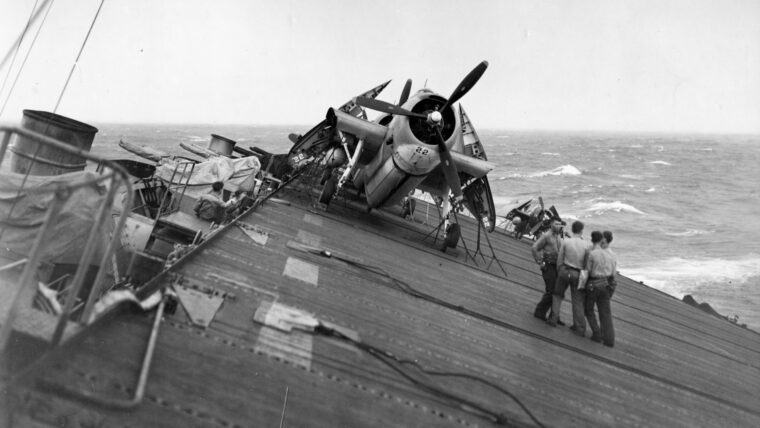
After two grueling months of action in the Pacific, Vice Admiral John S. “Slew” McCain’s powerful Task Force 38 retired in late November 1944 to the big Caroline Islands base of Ulithi Atoll for a 10-day breather. Read more
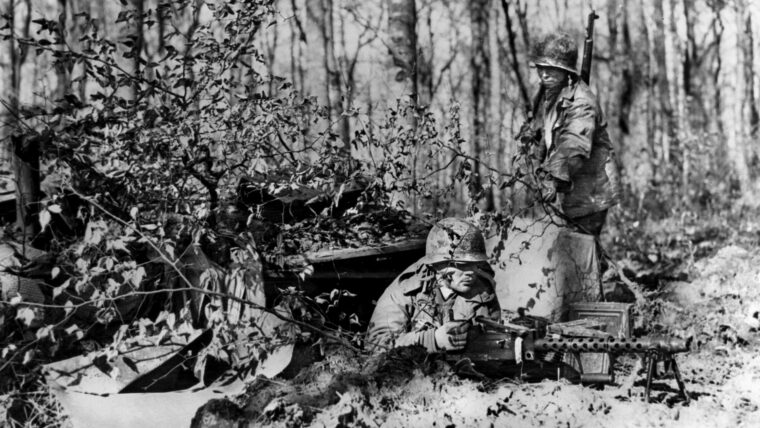
“Lieutenant Rochester, take a look at this.”
The American patrol halted next to an abandoned industrial building. Read more
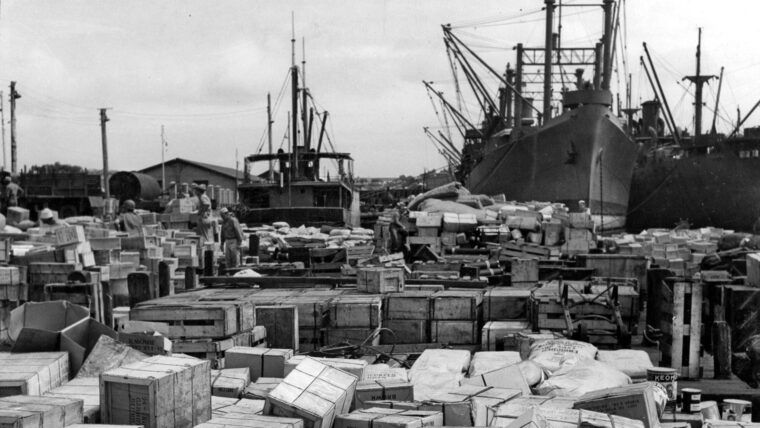
In June1940, when France capitulated to Nazi Germany, the victorious Germans agreed to let the French retain control over the southern portion of their country and all their colonial possessions. Read more
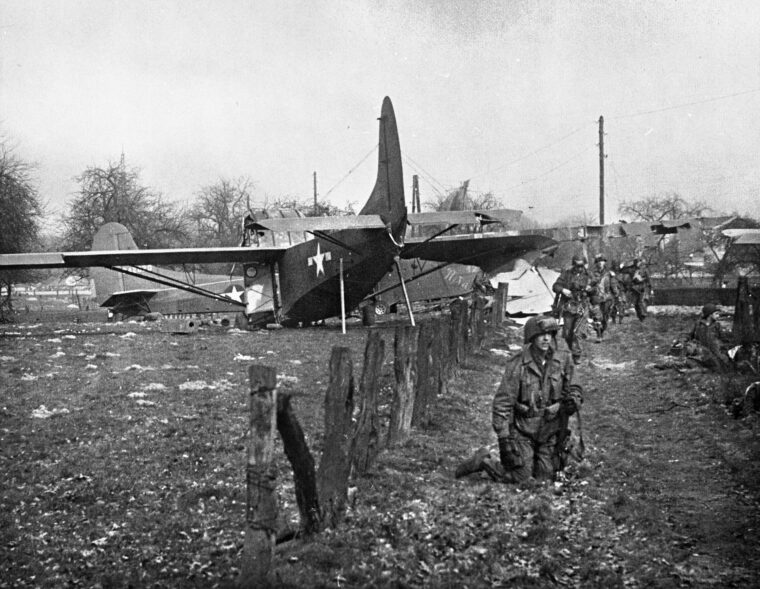
March 24, 1945. The green light flashed from the C-47 tug plane, prompting the glider pilot being pulled behind it to release his tow rope over Landing Zone N, just east of the Rhine River. Read more
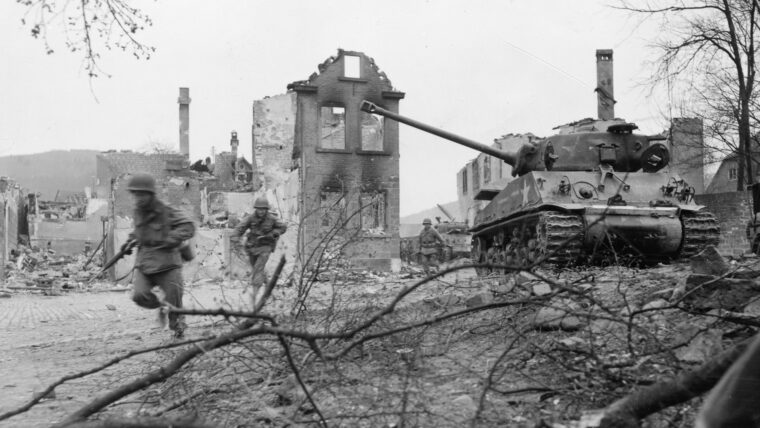
On January 17, 1945, as Allied forces prepared to descend on Germany itself and put an end to the war in Europe, an American tank battalion disappeared. Read more
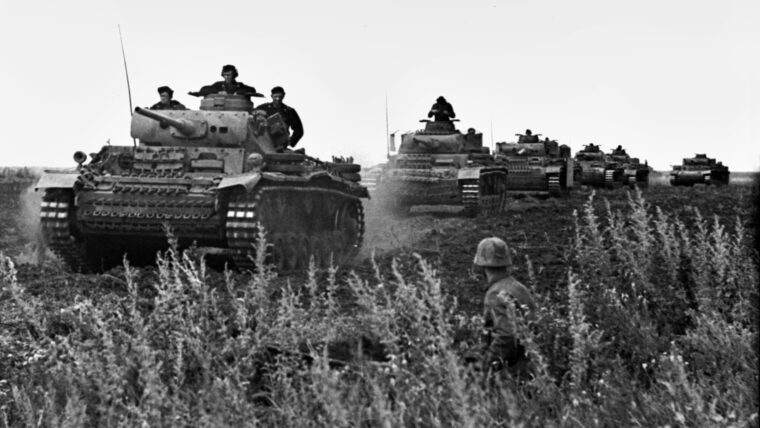
At daybreak on Monday, July 12, 1943, SS Sturmbannführer Christian Bachmann, the panzer group commander of the 3rd SS Panzergrenadier Division, ordered his unit to cross the Psel River and attack. Read more
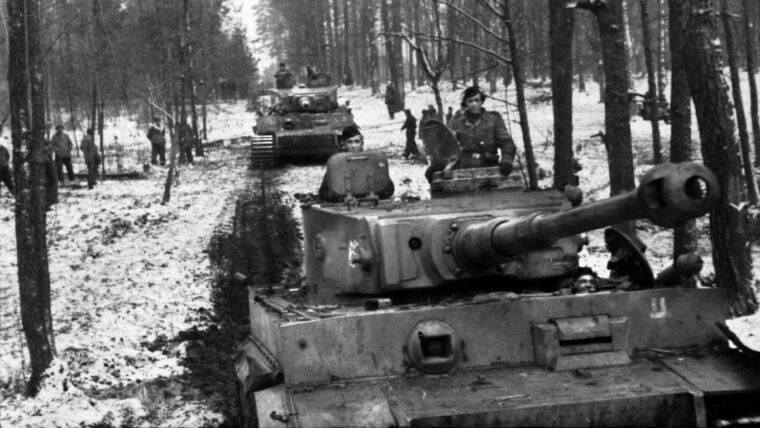
The waning months of 1943 were a bleak time for the German forces in southern Russia. Since the massive battle at Kursk in July, the Red Army had pushed the armies of Field Marshal Erich von Manstein’s Army Group South hundreds of kilometers to the west. Read more